- Call us: 01444 237070
- Contact Us
- Stores
- Sign In / Register
-
- Back
- Used Cameras
- Used Accessories
- Used Lenses
- Used Video
- Used Film Equipment
- Used Stock Alert
- Used Blank Test
- Sell or Part Exchange
- Used Clearance
- Recently Added Used Equipment
- Park Picks
- All Used Black Friday Deals
- Faulty
- Used Week Offers
- Back
- Trade-In
- Blog
- New in
- Call us
- Contact us
- Stores
- Sign in
- Categories
- Tips & Inspiration
- Reviews
- News
- Events
- Features
- Buying Guides
- Competitions
Photography Backup And Data Workflow Tips
World Backup Day falls on March 31, 2023, so what better time to optimise your photography workflow and discover the best way to back up photos and videos to an external hard drive.
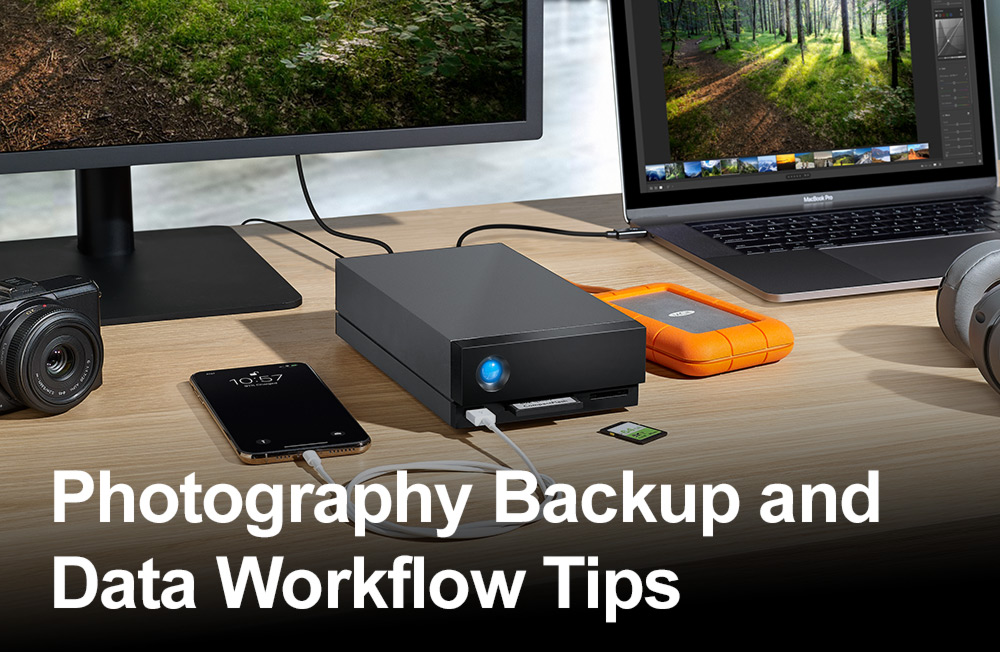
Plenty has changed since these tips for photographers were first published in 2017, however the need for creators to back up their content remains just as vital. This is especially true as many current digital cameras boast incredibly high resolution sensors, with 4K+ video capabilities.
There are many ways to safeguard your content and in this guide you’ll discover tips on how some of our team organise their own data, create backups and stay organised. These tips are useful regardless of whether you store photos at home, in the studio or while traveling.
Why is it important to back up photos?
According to research from 2021, Backup Blaze discovered that 51% of consumers have had an internal or external hard drive crash. This highlights how important it is to back up your photos, as the alternative is to lose them, or pay for specialist data recovery software or recovery services.
A backup will save time and money in the event of drive failure, as well as provide peace of mind that you have your cherished photos are safely stored. This is even more critical for working professionals, who have the added responsibility of safeguarding their client's work.
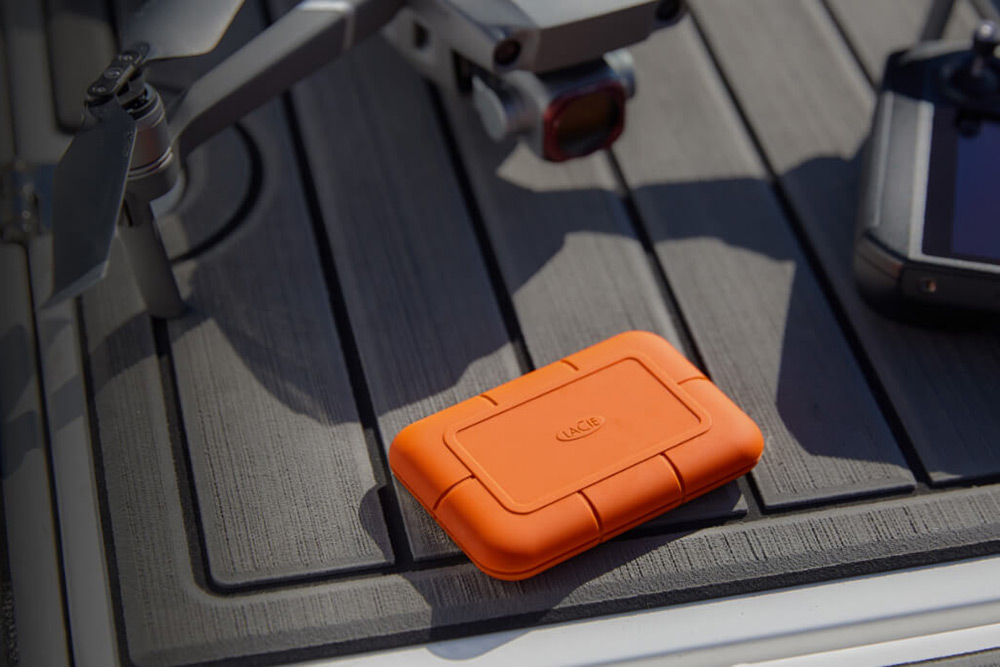
What does backing up photos and videos mean?
Backing up photos and videos means copying and storing them onto separate drives and then keeping another copy off-site, away from your home or studio. Backing up content should ideally start immediately after you’ve finished a shoot, which is especially important when working on-location or for travel photography.

What is the best way to backup photos
The best way to backup photos is to make a copy of the data as soon as you’ve finished a shoot. The most secure way to do this is to copy the images from the camera memory card to a laptop and/or an external hard drive, while still on the shoot.
If you don’t have an external drive, there’s no excuse, as you can even get an SSD drive from under £100. The SanDisk 120GB Extreme 500 Portable SSD costs just £80.99 and 120GB should be enough for the majority of users after a single photography or video session.
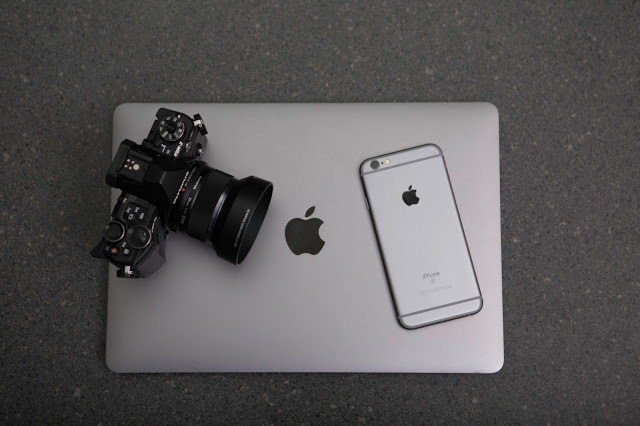
Where should I backup my photos and videos?
When you get back home or to the studio, you should backup RAW photos and video files from the portable drive to your main external hard drive. This copy of your data should ideally be stored a RAID drive, which means you’ll already have one backup.
As well as a copy on a RAID drive, backup onto Cloud storage, which is off-site storage maintained by a third party. You can also backup to second hard drive, which is subsequently kept at another location. This is important in case of a break-in, fire, flood or other unforeseen catastrophe, which destroys your data.
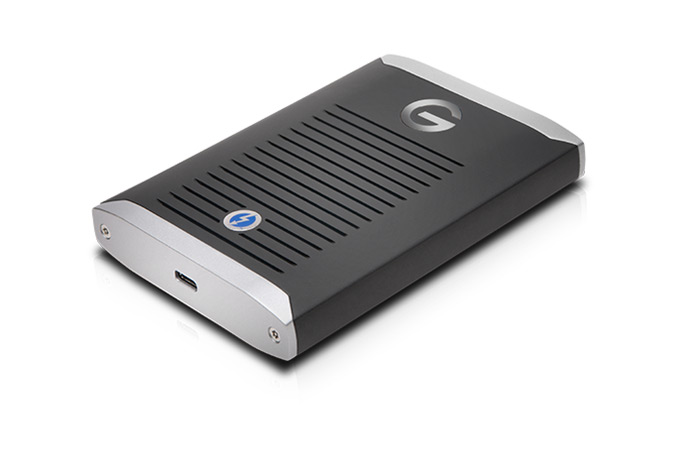
Best solid state external hard drive (SSD)
The price of SSD external hard drives has come down considerably in the last couple of years and they are faster, quieter and more secure than traditional spinning disk drives. The disadvantage is that they still cost a lot more and are available in smaller sizes, or capacity.
The best external SSD for content creators who shoot in tough locations without having to worry about knocks and bumps is the LaCie 1TB Rugged SSD which is also available in LaCie 2TB Rugged SSD. Both of these LaCie drives offer USB Type-C connectivity with fast 950МВ/ѕ transfer speeds and are perhaps the best portable hard drive for travel photography.
An alternative is the SanDisk Professional G-DRIVE SSD 2TB, which is large enough for location shoots, most studio sessions and backing up video, thanks to blistering transfer speeds of up to 1050MB/s. Sandisk introduced a professional range of products, which offer greater reliability and faster speeds.
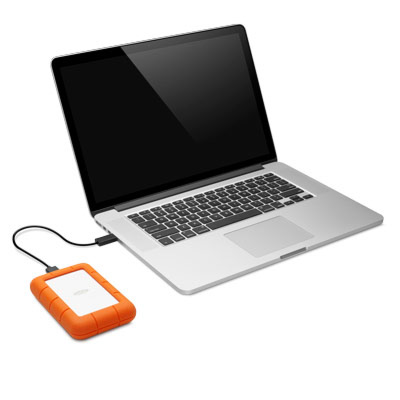
Best portable external hard drive
The best portable external hard drive for content creators include the shock resistant G-Technology ArmorATD 5TB USB 3.1, which stores huge volumes of data yet costs just £174.00. It manages a respectable 40 MB/s transfer speed and is built to withstand being knocked about in your camera bag.
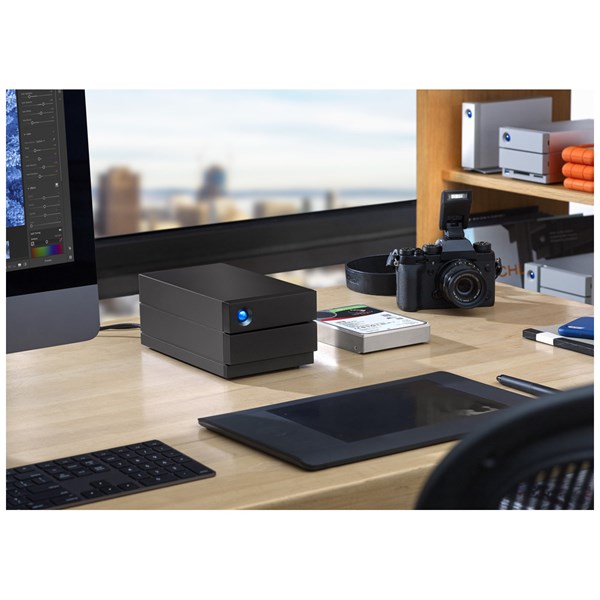
The best hard drive for photography with RAID storage
Your main hard drive will ideally be a RAID drive, with plenty of capacity to grow. One of the best hard drives for photography is the SanDisk Professional G-RAID 2, 12TB 2-Bay RAID Array with Thunderbolt 3, which encloses two fast and reliable Ultrastar drives with up to 500MB/s read/write speeds.
Another option is the LaCie 16TB 2big RAID USB 3.1, which is amongst the best external hard drives with RAID storage for photos and videos, offering fast 7,200 RPM IronWolf Pro drives with high data transfer speeds.
Best cloud storage for photographers
Cloud storage is hosted by global data storage brands and you can remotely backup your photos from a couple of £s a month. To find the best one for your needs, compare plans from DropBox, Apple UK iCloud, Adobe Cloud UK, (which includes photography software) and of course Google Could storage.
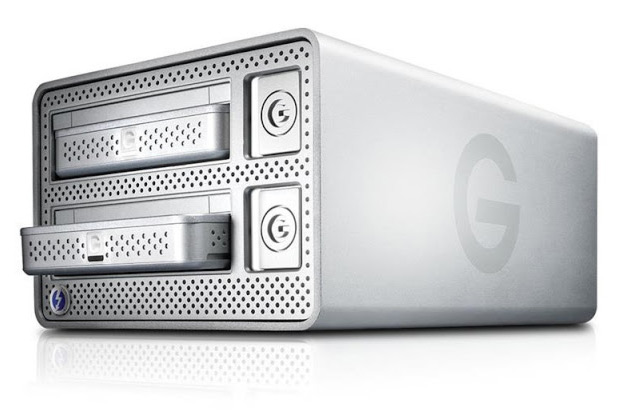
How to organise photos on your HDD
Photos on your hard drive or SSD should be well organised, which essentially means easy to find. The best way to do this is to avoid using names such as ‘Baby Photos 1’ or ‘Sandra’s Wedding’ or ‘Recent Shoots’. The best practice naming conventions amongst many photographers is reverse-date naming.
This means your folders and individual files should be in the following format: Year/Month/Day/Shoot Name/Camera/Shot Number.
Backup with redundancy
No matter what your backup solution is, whether using Hard Drives or an SSD, whether you use Cloud based backup services or off-site drives, the most important thing is that there is redundancy to your backup solution.
This means you need at least two copies of your files as soon after creating them as possible (this applies to normal data files as well as images too – so remember to include your contracts, website backups, music etc in your plan). Creating a third copy of your files just improves your redundancy.
Remember that this applies to your edited images, your PSDs, your Adobe Lightroom and Capture One Catalogs, videos, as well as your other current work.
Ensure you backup and safely store your precious photos with the perfect hard drive this World Backup Day from our range of high-speed SSDs, internal computer drives and portable external drives for travel.
Share this post:
By Nick Dautlich on 23/03/2023
Nick Dautlich
Senior Content Writer and Product Reviewer
Nick Dautlich is the Senior Content Writer and Product Reviewer at Park Cameras, with over 15 years of photography experience. A Sony Imaging Professional and expert reviewer, Nick has worked with major brands such as Canon, Sony and Nikon. His work is also featured on Vanguard World UK’s website, Capture Landscapes, and Shutter Evolve. Nick’s photography includes National Trust projects and magazine covers and he is passionate about landscapes and storytelling. Nick also enjoys hiking and teaching his children about nature. Learn more on his profile page.

Trade in your old equipment
Fast and easy trade in service ensures your old gear is collected efficiently and you are paid quickly! It's very simple to trade in your unwanted photography gear. Just head over to our dedicated Sell or Part Exchange page, fill out the details, and we'll get back to you with an offer for your old gear. Take the cash, or put it towards the cost of your new gear. It's up to you! Find out more
sign up to the newsletter
Keep up to date on the latest photography news, events and offers. Sign up now
